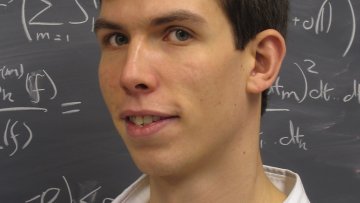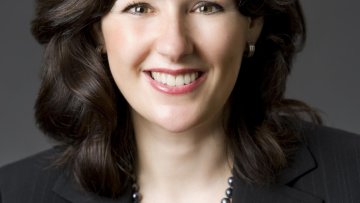What if one desires to have a World perfectly slippery to water? What are the strategies that can be adopted? And how can smart slippery surfaces be created? In this seminar, I will outline approaches to creating slippery surfaces, which all involve reducing or removing droplet contact with the solid, whilst still supporting the droplet. The first concept is to decorate the droplet surface with particles, thus creating liquid marbles and converting the droplet-solid contact into a solid-solid contact. The second concept is to use the Leidenfrost effect to instantly vaporize a layer of water, thus creating a film of vapor and converting the droplet-solid contact into vapor-solid contact. The third concept is to infuse oil into the surface, thus creating a layer of oil and converting the droplet-solid contact into a lubricant-solid contact. I will also explain how we design such to have smart functionality whilst retaining and using the mobility of contact lines and droplets. I will show how Leidenfrost levitation can lead to new types of heat engines [1], how a microsystems approach to the Leidenfrost effect can reduce energy input and lead to a new type of droplet microfluidics [2] (Fig. 1a) and how liquid diodes can be created [3]. I will explain how lubricant impregnated surfaces lead to apparent contact angles [4] and how the large retained footprint of the droplet allows droplet transport and microfluidics using energy coupled via a surface acoustic wave (SAW) [5]. I will argue that droplets confined between reconfigurable slippery boundaries can be continuously translated in an energy invariant manner [6] (Fig. 1b). I will show that a droplet Cheerios effect induced by the menisci arising from structuring the underlying lubricated surface or by droplets in close proximity to each other can be used to guide and position droplets [7] (Fig. 1c). Finally, I will show that active control of droplet spreading by electric field induced control of droplet spreading, via electrowetting or dielectrowetting, can be achieved with little hysteresis [8] and can be a new method to investigate the dewetting of surfaces [9].
[[{"fid":"50690","view_mode":"small_image_100px_h","fields":{"format":"small_image_100px_h","field_file_image_alt_text[und][0][value]":"","field_file_image_title_text[und][0][value]":""},"type":"media","attributes":{"class":"media-element file-small-image-100px-h"}}]]
Figure 1 Transportation and positioning of droplets using slippery surfaces: (a) Localized Leidenfrost effect, (b) Reconfigurable boundaries, and (c) Droplet Cheerio’s effect.
Acknowledgements The financial support of the UK Engineering & Physical Sciences Research Council (EPSRC) and Reece Innovation ltd is gratefully acknowledged. Many collaborators at Durham, Edinburgh, Nottingham Trent and Northumbria Universities were instrumental in the work described.
[1] G.G. Wells, R. Ledesma-Aguilar, G. McHale and K.A. Sefiane, Nature Communications, 2015, 6, 6390.
[2] L.E. Dodd, D. Wood, N.R. Geraldi, G.G. Wells, et al., ACS Applied & Materials Interfaces, 2016, 8, 22658.
[3] J. Li, X. Zhou , J. Li, L. Che, J. Yao, G. McHale, et al., Science Advances, 2017, 3, eaao3530.
[4] C. Semprebon, G. McHale, and H. Kusumaatmaja, Soft Matter, 2017, 13, 101.
[5] J.T. Luo, N.R. Geraldi, J.H. Guan, G. McHale, et al., Physical Review Applied, 2017, 7, 014017.
[6] É. Ruiz-Gutiérrez, J.H. Guan, B.B. Xu, G. McHale, et al., Physical Review Letters, 2017, 118, 218003.
[7] J.H. Guan, É. Ruiz-Gutiérrez, B.B. Xu, D. Wood, G. McHale, et al., Soft Matter, 2017, 13, 3404.
[8] Z. Brabcová, G. McHale, G.G. Wells, et al., Applied Physics Letters, 2017, 110, 121603.
[9] A.M.J. Edwards, R. Ledesma-Aguilar, et al., Science Advances, 2016, 2, e1600183



